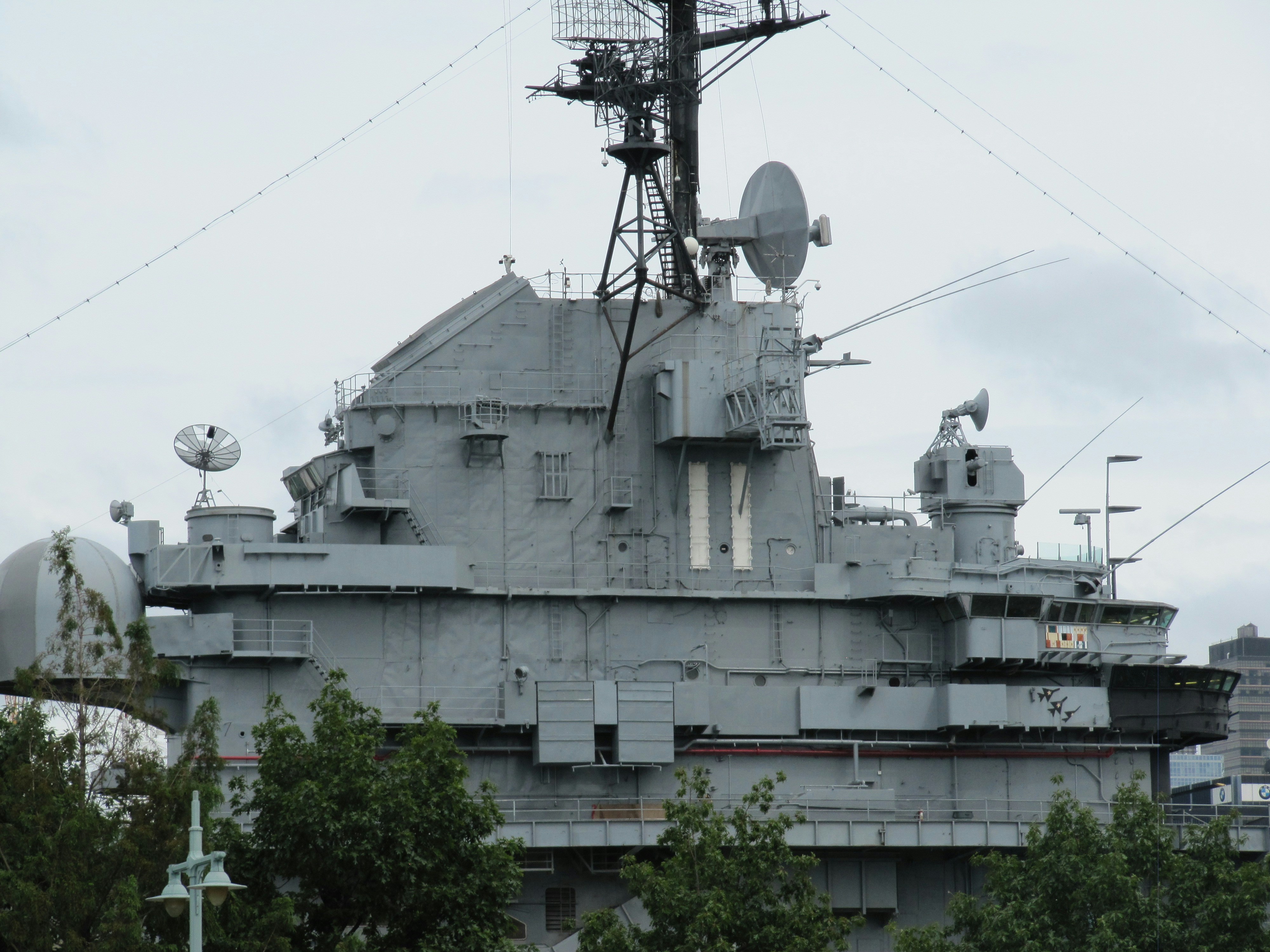
Overview of the Strait of Hormuz
The Strait of Hormuz is a strategically vital maritime passage situated between Iran to the north and the United Arab Emirates and Oman to the south. With a width of approximately 21 nautical miles at its narrowest point, this strait functions as one of the world’s most critical chokepoints, particularly in global energy transportation. It is estimated that about 20% of the world’s oil supply transits through this narrow corridor, underscoring its significance not only for the countries surrounding it but also for the broader international economy.
Geographically, the strait connects the Persian Gulf to the Gulf of Oman, thereby facilitating the transit of oil tankers and other vessels heading to and from major producer countries, including Saudi Arabia, Iraq, and Kuwait. This region’s geopolitical importance has attracted global attention, as disruptions in this maritime passage could lead to significant fluctuations in oil prices and global supply chains. The concentration of oil traffic through the strait emphasizes the necessity for maritime security, especially in light of past incidents of piracy, terrorism, and military confrontations.
The historical context of the Strait of Hormuz is marked by tensions, particularly between Iran and western nations, which have intensified in recent decades. Regional disputes, concerns over military capabilities, and the presence of international naval forces raise the stakes for the safe navigation of vessels in this corridor. Various incidents, including confrontations and threats, have heightened awareness regarding the vulnerability of routes that are crucial for energy supplies. Consequently, the strait serves not only as a physical link for global oil transportation but also as a focal point for ongoing geopolitical dynamics and electronic threats that pose risks to maritime operations. Understanding this context is essential for navigating the complexities associated with the Strait of Hormuz.
The Growing Threat of Electronic Warfare
The Strait of Hormuz, a vital waterway for global oil transportation, has recently witnessed a marked escalation in electronic warfare tactics employed by both state and non-state actors. With the increasing reliance on technology for navigation and communication, electronic threats pose a significant risk to maritime operations in this strategically vital region. Reports have indicated a worrying trend where sophisticated electronic warfare methods, such as GPS jamming and cyber sabotage, have been deployed with alarming frequency, heightening concerns over navigational integrity and the safety of vessels traversing the area.
One prevalent electronic threat in the Strait of Hormuz is GPS jamming, which has been effectively utilized to disrupt maritime navigation systems. This form of electronic interference can lead to disorientation among vessels, causing them to lose their way, which in turn could result in grounding incidents or accidental confrontations at sea. As commercial shipping routes become increasingly congested, the implications of such disruptions become ever more serious, potentially jeopardizing the safety of crews and cargo.
In addition to GPS jamming, drone incursions have become an area of significant concern. Drones are being employed for reconnaissance as well as potential attack purposes against maritime targets. Their ability to operate discreetly and deliver payloads or collect intelligence creates a multifaceted threat that can complicate naval operations in the straights. Reports of drone sightings near naval vessels and oil transporters highlight the shifting tactics of both state and non-state actors in the region.
Moreover, the risk of cyber sabotage cannot be overlooked. Various incidents involving cyberattacks on port facilities and shipping companies have demonstrated the vulnerabilities of critical maritime infrastructure. These threats not only disrupt operations but can also have cascading effects on the supply chain, which is heavily dependent on the stability of maritime corridors such as the Strait of Hormuz. The combination of these electronic warfare tactics signifies a complex new landscape that requires comprehensive strategies to mitigate the inherent risks faced by maritime operations in this crucial area.
Geopolitical Implications of Disruption Risks
The Strait of Hormuz remains one of the most strategically significant waterways globally, serving as a vital transit route for approximately 20% of the world’s petroleum. Given its importance, any disruption risks in this area could provoke substantial geopolitical ramifications, particularly affecting international relations among major powers like the United States, Iran, and neighboring Gulf states. Heightened electronic threats raise concerns over not just the security of oil shipments, but also the broader stability of the region, which could lead to military confrontations and shifts in alliances.
As tensions escalate, the United States has increased its naval presence in the region, which could potentially signal a military response to thwart any significant disruptions instigated by Iranian forces or non-state actors. The calculated demonstration of military strength serves as both a deterrent and a means to reassure allied nations in the Gulf Cooperation Council (GCC) that the U.S. is committed to maintaining open navigation in the Strait. Countries within the GCC, particularly those with economic reliance on oil exports, may feel pressured to align their foreign policies more closely with U.S. interests to safeguard their assets and maintain regional stability.
Additionally, alliances formed or strengthened in response to disruption risks can have long-term implications. For instance, collaboration among the U.S., Saudi Arabia, and other Gulf nations could evolve into a more unified front against perceived Iranian threats. Conversely, any significant military engagements could exacerbate alternative alliances, pushing Iran closer to countries like Russia and China, which may provide strategic support against perceived U.S. hegemony.
The economic repercussions of disruptions in the Strait are equally alarming. A decline in oil shipments would not only drive prices higher but also shock global markets, affecting economies worldwide. Thus, the delicate balance of power across the Middle East hinges significantly on how countries respond to potential electronic threats and disruption risks in this pivotal maritime corridor.
Mitigation Strategies and Future Outlook
The Strait of Hormuz is a pivotal waterway for global trade, and as electronic threats continue to evolve, it is imperative for shipping companies, military forces, and governmental entities to adopt robust mitigation strategies. Ensuring the security of maritime operations in this strategic corridor requires a proactive approach that encompasses a variety of measures aimed at enhancing resilience against potential disruptions.
One pivotal strategy involves the adoption of advanced cybersecurity protocols tailored specifically for maritime operations. Shipping companies should invest in state-of-the-art technology that secures their navigation systems and communication channels against cyberattacks. Implementing robust encryption, firewalls, and intrusion detection systems can help to safeguard vital information and prevent unauthorized access to ship control systems. Moreover, regular training and drills should be conducted to equip personnel with the knowledge and skills necessary to identify and respond to electronic threats effectively.
Collaboration among regional governments and international maritime organizations is equally crucial. Establishing a shared framework for information exchange regarding potential threats can enhance collective situational awareness. Joint exercises that simulate electronic disruption scenarios can foster cooperation and readiness among military forces and commercial shipping lines, allowing for a coordinated response in times of crisis.
Looking ahead, advancements in technology will play a crucial role in shaping the security landscape of the Strait of Hormuz. The integration of artificial intelligence and machine learning can automate threat detection and response systems, making maritime operations more agile and resilient. Additionally, developing international norms and regulations governing electronic warfare in maritime environments will be essential in establishing accountable practices.
In conclusion, as electronic threats continue to present challenges in the Strait of Hormuz, the implementation of comprehensive mitigation strategies combined with technological advancements will be key in preserving the security of vital maritime traffic. Together, these efforts will ensure that the region remains a stable and secure pathway for global trade.
